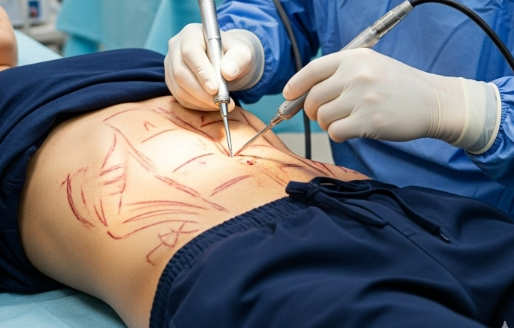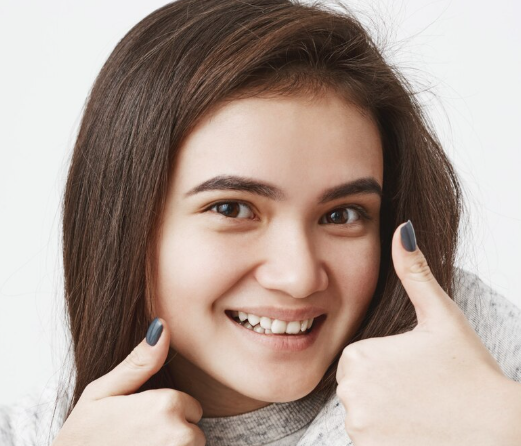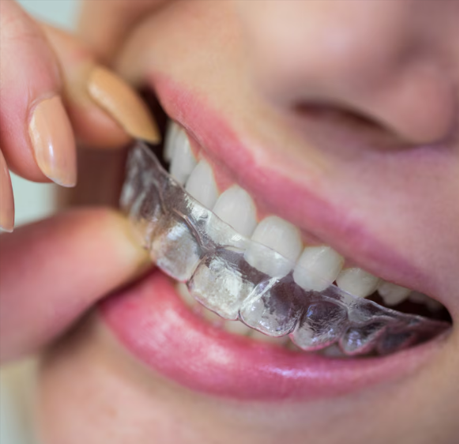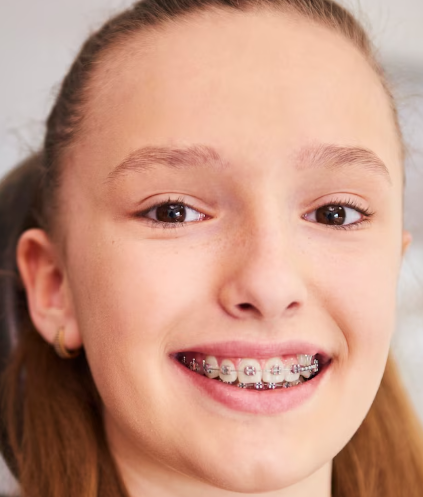Treatment Overview
Vertical Umbilicoplasty is a cosmetic belly button surgery that reshapes the navel into a slimmer, elongated vertical form, which is considered more aesthetically pleasing, youthful, and natural-looking in many cultures. Unlike standard umbilicoplasty, which may simply correct inversion or protrusion, this technique focuses on refining the belly button’s proportions by creating a vertical, almond-shaped contour.
In Korea, surgeons are renowned for their artistic precision and scar-minimizing approaches, often using hidden sutures and advanced surgical techniques to deliver a natural “innie” belly button with vertical orientation. Many Korean clinics also combine vertical umbilicoplasty with tummy tuck, liposuction, or scar revision for complete abdominal enhancement.
Purpose & Benefits
- Creates a Vertical Navel: Transforms round or wide belly buttons into a slim, vertical shape.
- Youthful Aesthetic: A vertical navel is often perceived as more attractive and natural.
- Scar Minimization: Incisions hidden inside or along the belly button folds.
- Customizable Results: Tailored to each patient’s abdominal proportions.
- Confidence Boost: Improves appearance in crop tops, swimwear, and low-rise clothing.
Ideal Candidates
- Men and women with round, stretched, or wide belly buttons.
- Individuals seeking a more refined, elongated vertical shape.
- Patients with belly button distortion after pregnancy, weight changes, or prior surgery.
- Adults in good health with realistic expectations.
- Non-smokers or those able to quit before and after surgery.
Possible Risks & Complications
- Temporary swelling, redness, or tenderness.
- Slight risk of asymmetry or irregular contour.
- Rare risks: infection, hematoma, scar thickening.
- Overcorrection (excessively narrow navel) if not balanced well.
Techniques Used
- Hidden Incisions: Made inside the navel or along natural folds for discretion.
- Vertical Reshaping: Skin and tissue adjusted to elongate the belly button vertically.
- Fine Suturing: Ensures natural proportions and scar minimization.
- Scar Revision (Optional): Old scars removed or blended into new shape.
- Combination Options: Often paired with tummy tuck, mini tuck, or liposuction for better contour.
Recovery & Aftercare
- 1–3 days: Mild swelling or tightness around the navel.
- 3–5 days: Resume light daily activities.
- 1–2 weeks: Healing progresses; sutures removed if non-dissolvable.
- 2–4 weeks: Resume light exercise (avoid abdominal strain early).
Aftercare Guidelines:
- Keep the navel area clean and dry.
- Avoid strenuous abdominal activity for 2–3 weeks.
- Follow scar-care protocols (silicone sheets, creams, or laser if recommended).
- Protect belly button area from direct sunlight to prevent scar darkening.
- Attend follow-up visits for contour evaluation.
Results & Longevity
- Slimmer, natural vertical belly button shape.
- Scars hidden inside or within the natural folds.
- Long-lasting results with proper aftercare.
- Balanced, refined abdominal appearance.
- Increased confidence in midriff-revealing clothing.
Treatment Process in Korea
1. Consultation & Planning
- Surgeon evaluates current belly button shape and patient’s goals.
- Customized plan created for vertical reshaping and proportion balance.
2. Surgery Day
- Performed under local anesthesia with sedation (general if combined with other procedures).
- Small hidden incision made inside or around navel.
- Tissue adjusted to elongate and reshape belly button vertically.
- Fine sutures applied for natural contour.
3. Post-Operative Monitoring
- Same-day discharge in most cases.
- Dressing applied to protect the reshaped navel.
4. Follow-Up & Refinement
- Follow-ups at 1 week, 1 month, and 3 months.
- Optional scar refinement (laser or RF therapy) offered if needed.
Why Korea is a Top Destination
- Surgeons skilled in aesthetic belly button design with vertical emphasis.
- Advanced scar-minimizing techniques and aftercare programs.
- Clinics provide 3D imaging previews to simulate post-surgery navel shape.
- Affordable compared to Western countries with premium-level precision.
- Multilingual, international-patient friendly services with discreet care.
Cost Range
The cost of Vertical Umbilicoplasty in Korea varies depending on complexity, whether combined with other procedures, and clinic reputation.
Estimated Pricing:
- Standalone Vertical Umbilicoplasty: USD $1,800 – $3,200
- Vertical Umbilicoplasty + Scar Revision: USD $2,500 – $4,000
- Combined with Mini Tummy Tuck or Liposuction: USD $3,500 – $6,500
- Premium Clinics (3D imaging + scar-care + VIP aftercare): USD $4,500 – $7,500
Additional Costs:
- Consultation & imaging: USD $50 – $200
- Medications & aftercare: USD $100 – $200
- Optional scar-care treatments (laser, RF, silicone): USD $200 – $600
Popular Clinics
- Banobagi Plastic Surgery (Seoul): Specialists in vertical belly button reshaping.
- ID Hospital (Seoul): Known for combining umbilicoplasty with abdominoplasty.
- JK Plastic Surgery Center (Seoul): JCI-accredited, premium belly button design services.
- View Plastic Surgery Clinic (Seoul): Experts in vertical umbilicoplasty with scar refinement.
- JW Plastic Surgery (Seoul): Leaders in belly button aesthetics for natural, long-lasting results.




